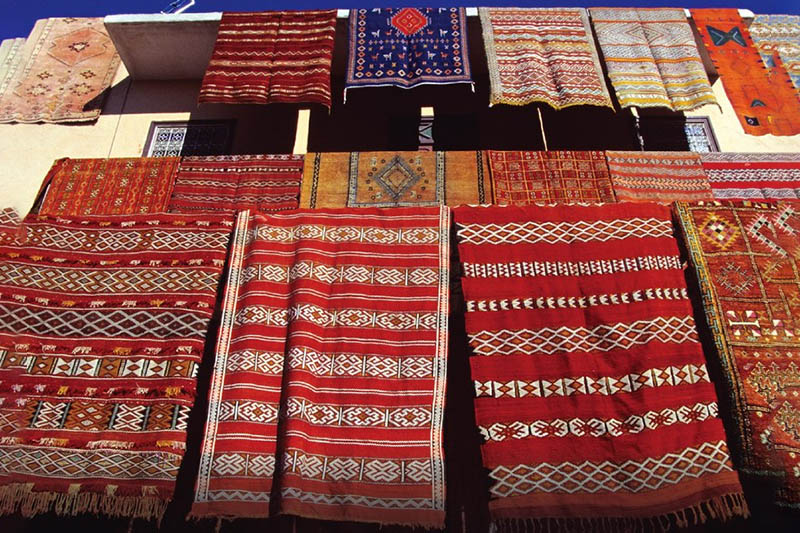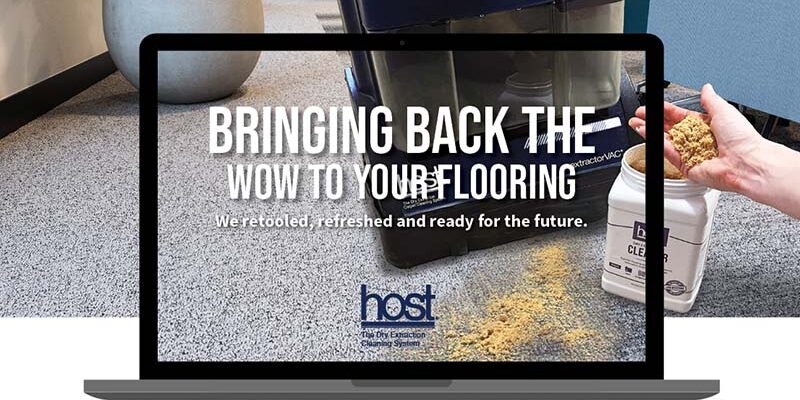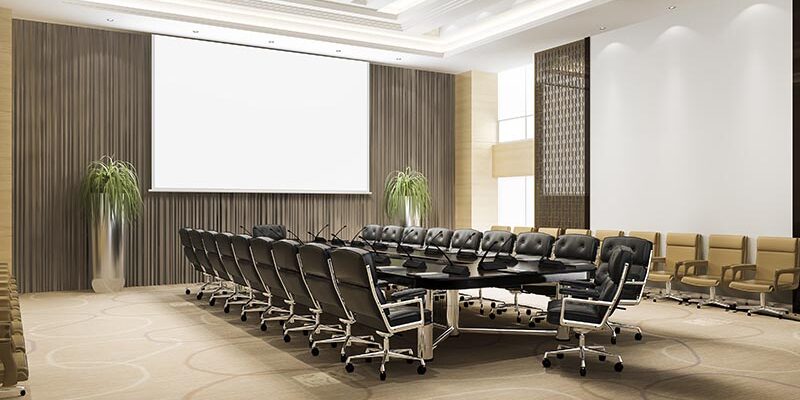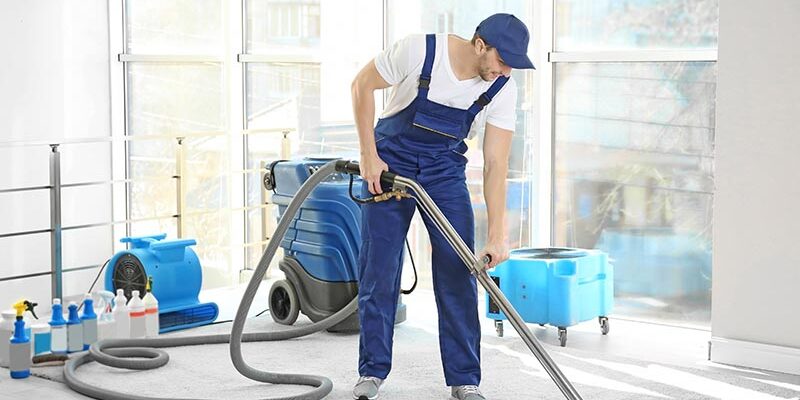The Hidden Dangers of Moroccan Rugs

By Lisa Wagner
The north African country of Morocco has become a very popular tourist destination, and the tribal minimalist and geometric designs of the Moroccan rugs of the region have become equally popular in homes.
The growing demand for this look has led some inferior production centers to take shortcuts to bring goods faster — and cheaper — to market.
Though there are some very good quality, highly decorative textiles being woven in Morocco today, the bad ones are creating disasters that are tainting the reputation of the region’s weaving traditions.
Here are some of the areas in which shortcuts are being made, how to spot the signs of bad production, and how to protect your clients from making bad purchases as well as protect yourself from having a Moroccan rug cleaning go seriously wrong.
Moroccan fiber shortcuts
The sheep from the higher elevations in Morocco grow a stronger, higher quality wool than those in the lower elevations.
Because the lower quality wool is less cost to purchase, some operations looking to cut costs will source the lower quality wool and blend it with other natural and synthetic filler fibers to try to give it enough strength to weave a rug out of it.
A good-quality, longer pile, shag Moroccan rug may shed in the first months of its life simply as the result of loose staple fiber release or short pieces left over from the shearing process. The difference in the wool quality is that higher quality wool with higher quality yarn production will see the shedding stop relatively quickly. The poorer quality wool and production will shed for its entire lifetime because the fibers have no inherent strength to them.
If you encounter a Moroccan rug that is heavily shedding, you will want to also inspect the rug for moths. These shortcut rugs tend not to have had a thorough cleaning process during production, and the chances of moth eggs and larvae coming into the home from these rugs is very high.*
Moroccan dyeing shortcuts
Over the past few years, a growing complaint of strong offensive odors has emerged from rugs of this region. From rug shop experience, and based on comments from readers of my blog sharing their Moroccan rug “awful odor” stories, these rugs tend to be ones that are heavily faded on the front side. They also include some very colorful embroidery and soumak weavings. The odors come from either after-market chemical bleaching of the rugs and/ or heavy chemical (and sometimes toxic) use in the dyeing process of the fibers being used.
With the extremely faded rugs, spraying down the face of these rugs with bleach solutions and setting them in the sun is used as a process for creating a softer, more distressed look. You can identify these rugs by simply looking at the back and seeing that the coloring does not match.
A spill on the front (or an inattentive cleaning process), with these faded rugs in particular, can wick up the colors from the back and unintentionally change the look of the rugs. The solution to these problems, according to one Moroccan rug supplier who wrote me, is to apply undiluted chlorine bleach on the stained area and set it in the sun. A solution I, of course, decided to ignore.
Bleach is a very distinctive odor that most cleaners will recognize immediately. However, the other odors pose a more serious problem.
Daniel Driscoll, founder of Anou (a network of weaving and artisan cooperatives in Morocco) did field research into these noxious odor complaints and discovered that several major suppliers are using chemicals such as formaldehyde to shortcut the dyeing process. Not only is this creating health issues for local weavers (as well as consumers buying these rugs), but also the quality of the dye strike to the fibers is so weak that even simple water spills can mean a dye bleed disaster to these rugs.
These bad dyers produce some of the worst quality fibers in the region and are the source of some of the most problematic rugs coming out of Morocco. Cleaners will recognize these as the rugs clients spill water on only to have a large ink stain emerge or a clean-up area in which all of the color has been removed in the blotting process. These also are the rugs that can dramatically turn your wash floor into dye soup if you do not know what you are dealing with.
Protect your team and clients
In the world of Moroccan rugs, when the rugs are bad, they are very bad. This means a standard fiber test and a standard dye test will alert you to a serious quality-control problem. Do not skip the basics. A visual inspection of the front and back of the rug will also provide you the information that you need to know if the rug has been chemically washed.
Your nose will tell you if there is a more serious situation at hand. The worst of these rugs are the ones that cause allergic reactions in their owners. When you get a call that someone has a newly purchased Moroccan rug with a horrible odor, recommend that they move the rug out of their living space until they can decide whether they want to return the rug as a flawed product. If you decide to wash the rug to attempt to remove the odor, which may take more than one wash, take the proper precautions in case the issue is indeed formaldehyde.
If you have designers and customers seeking Moroccan rugs, or planning a trip to the region, give them tips on inspecting quality. They can use a thumbnail to scratch the fibers to see if they easily break and pull apart (a sign of bad wool) or use a damp handkerchief to test dye quality. Using the “sniff test” to see if something seems odd with the rug is also important.
You can also provide them with safe sources of quality Moroccan weavings, and education on Moroccan rugs and crafts.** Moroccan rugs, the quality ones, wash up beautifully, and will last their owners a lifetime.
Hopefully with awareness of the problem rugs in this region, cleaners can help empower consumers with the education to help them avoid a bad, and potentially dangerous, rug purchase and we can see these shortcut suppliers get pushed out of the market.
*For tips on how to inspect for moths, visit www.blatchfords.com/moth.
**Visit www.theanou.com for information on safe Moroccan sources.
All photos courtesy RugChick.com and Nolan Ashby, Portland Rug Cleaning.
Lisa Wagner is a second-generation rug care expert, NIRC Certified Rug Specialist, and an owner of K. Blatchford’s San Diego Rug Cleaning Company. For online rug course and training event details, visit www.RugClass.com.













